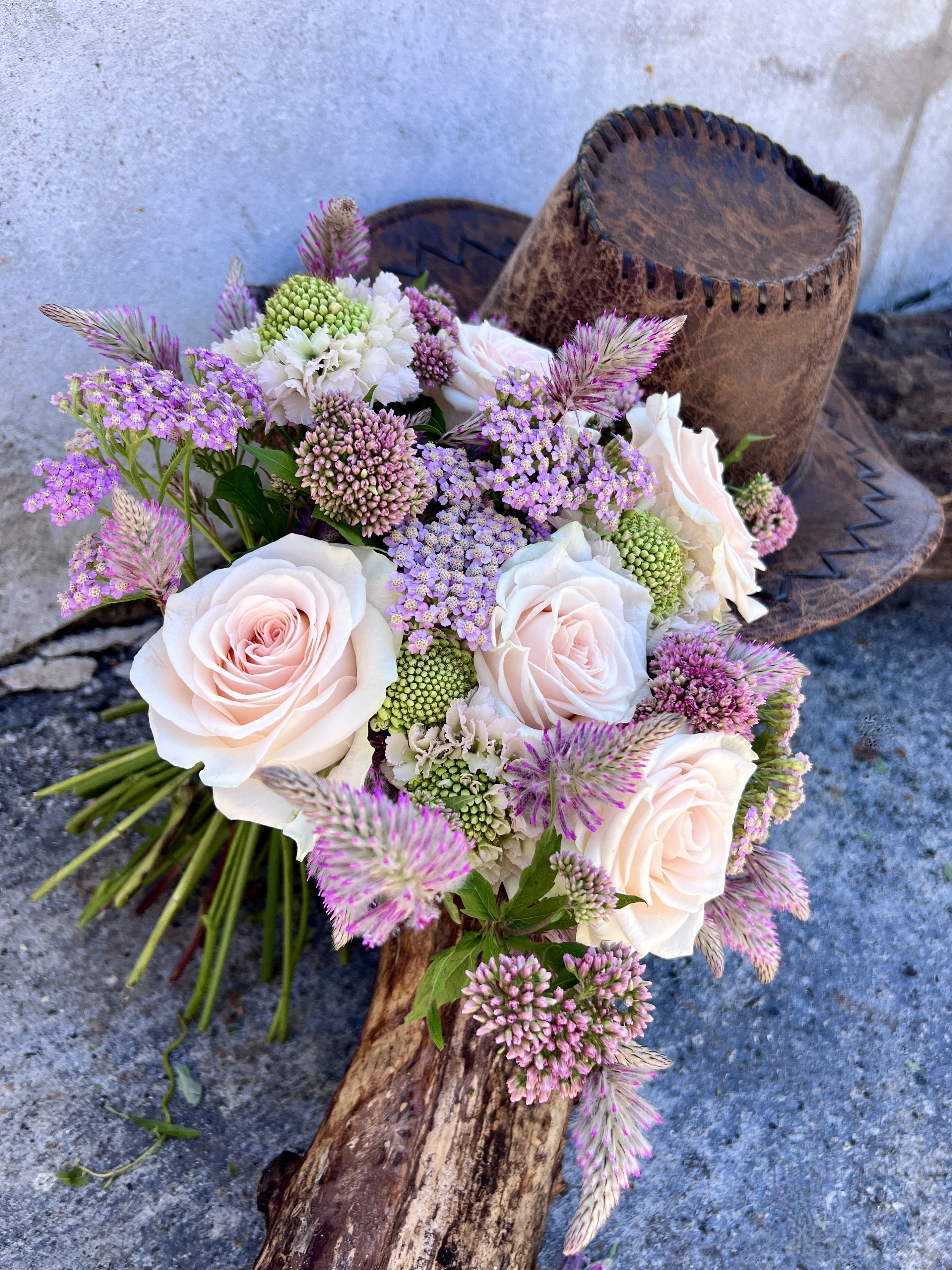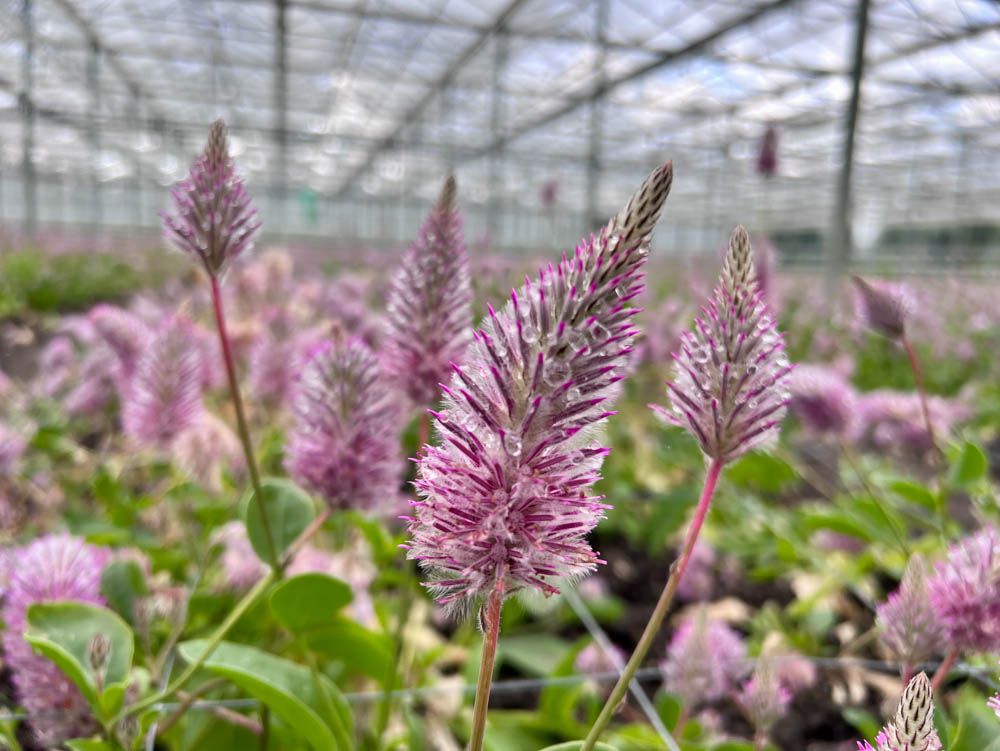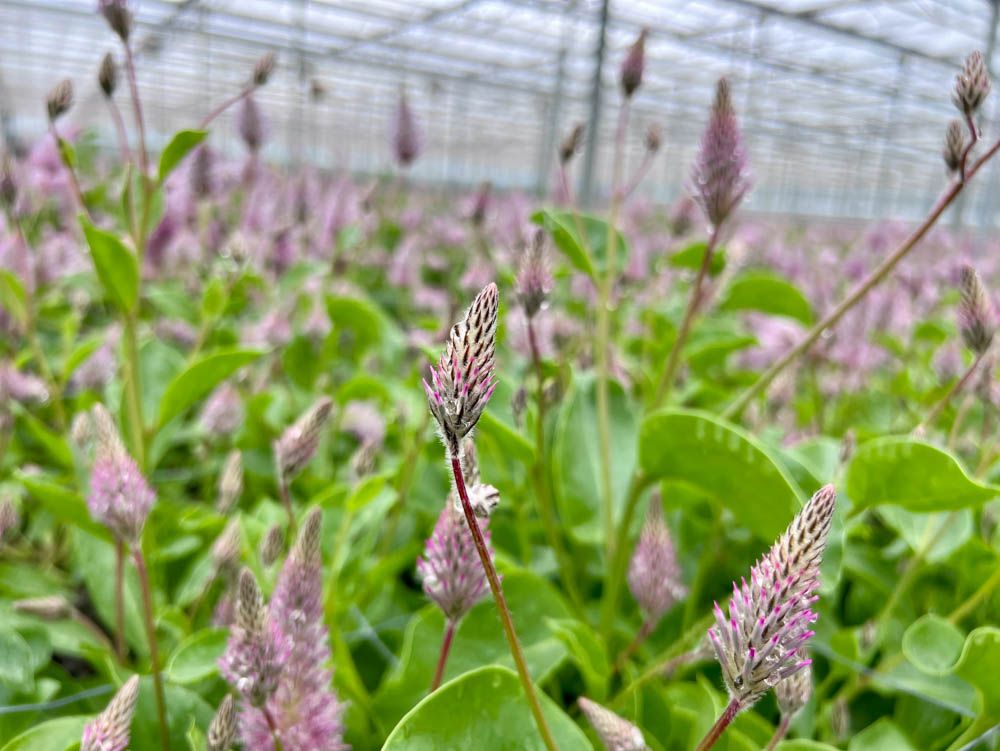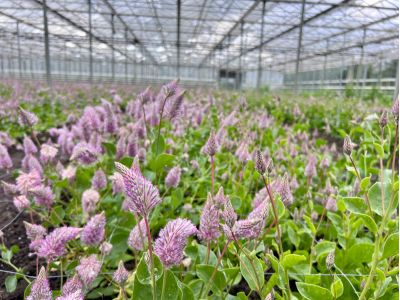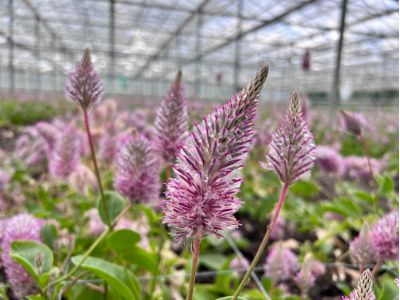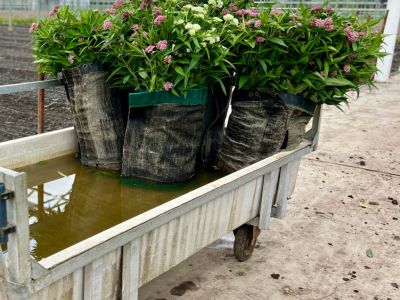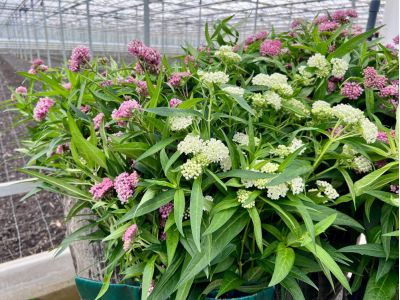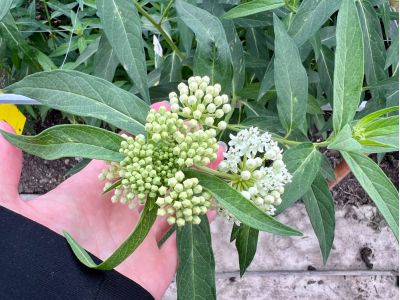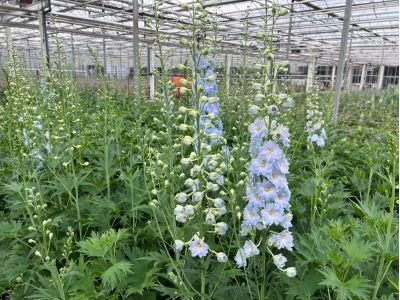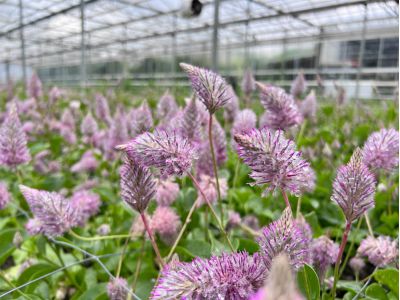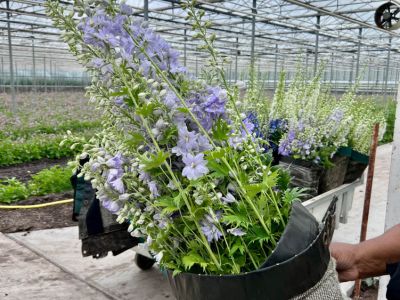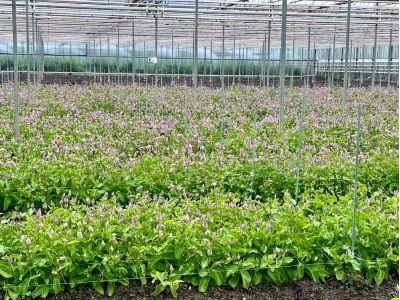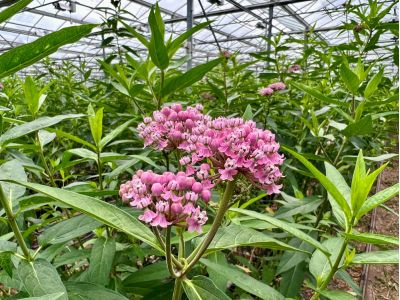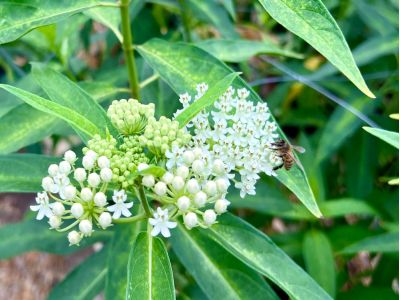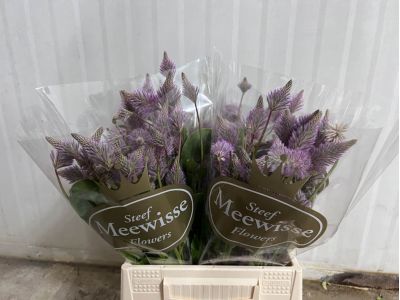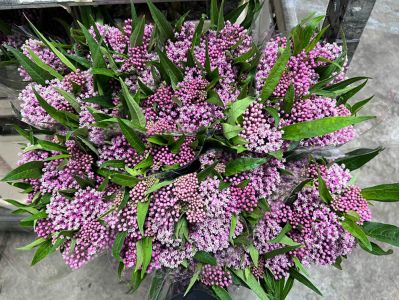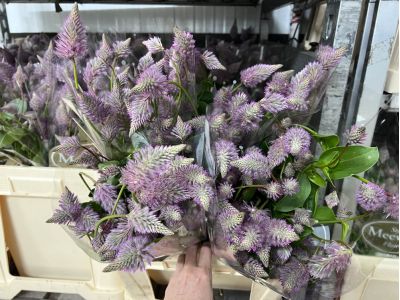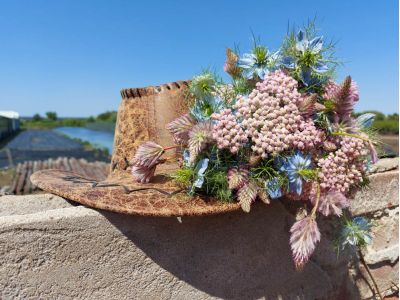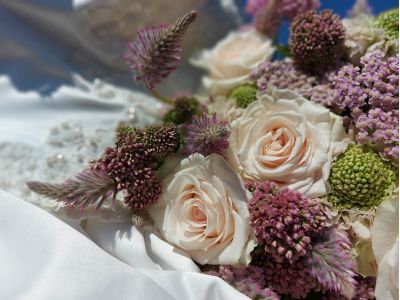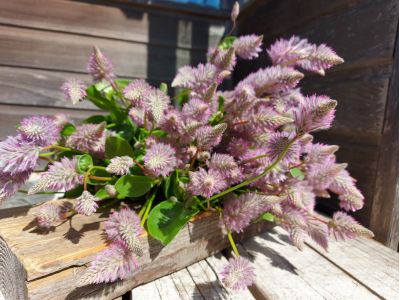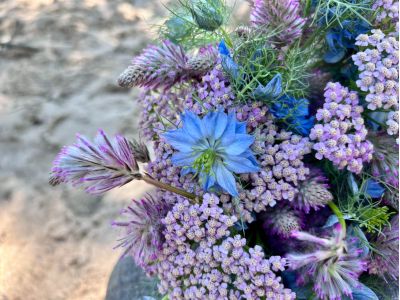Ptilotus Matilda
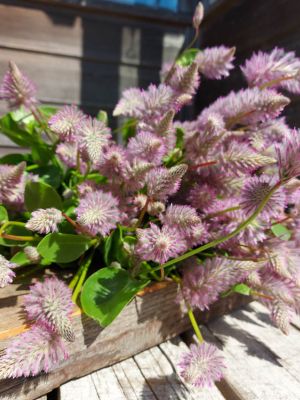
Calendar
In the spotlights
Ptilotus is voornamelijk bekend als tuinplant, maar ook als snijbloem is het een fantastische bloem om mee te werken. Ze is sierlijk, heeft een prachtige roze kleur met een zilverachtige gloed en is ook nog eens goed houdbaar. Wij bezochten kweker Steef Meewisse, die ons alles vertelde over dit lieflijke bloemetje.
Steef Meewisse
Steef is een echte seizoenskweker. Jaarrond teelt hij verschillende soorten bloemen die bij het seizoen passen. Tijdens onze rondleiding hebben we de meest mooie soorten Delphinium gezien, hele bijzondere Asclepia soorten en nog veel meer zomerbloemen. De eerste Brassica’s waren al gezaaid, die worden in januari verwacht. Elk seizoen heeft mooie producten en door een heel divers, jaarrond teeltplan te maken kan Steef in elk jaargetijde de bloemist een mooi product aanbieden.
Ptilotus
Ptilotus exaltatus ‘Matilda’, ook wel sierlijke vossenstaart genoemd in Nederland, komt oorspronkelijk uit Australië. Steef is altijd op zoek naar leuke, bijzondere producten. Het liefst iets wat een ander niet heeft. Elk jaar heeft hij bloeiproeven met wel veertig tot vijftig verschillende soorten bloemen. Hij vraagt naar verschillende meningen vanuit de handel en luistert naar de mening van de klanten. Zo ook werd de Ptilotus toegevoegd aan het teeltschema van Steef. Hij is de enige kweker in Nederland die de Ptilotus als snijbloem teelt.
Voor de bloemist is Ptilotus een ontzettend mooie aanvulling op het assortiment. Haar zachtroze speelse pluim is ontzettend leuk te gebruiken in boeketten en arrangementen. De zachtroze, lieflijke kleur vinden wij ook heel passend bij bruidswerk. Maar ook als mono bos op de vaas is het ontzettend dankbare bloem.
Verzorging
Ptilotus is niet heel veeleisend wat betreft de verzorging. Net zoals alle bloemen wil ze graag een schone vaas. Een klein stukje schuin afsnijden, daarna in schoonwater met snijbloemenvoedsel. Ze heeft een vaasleven van 10 tot 14 dagen.
Als je haar op oase wilt gebruiken adviseert Steef om al het blad eraf te halen, dan wordt het opgenomen water niet verdampt via het blad.

Cultivation
Ptilotus grows from seed and is an annual plant. In January the first seeds are planted, then in June the first flowers can be cut. First the main branch, then the side branches are pruned. When the crop is empty, the plants are uprooted and the soil is prepared for the next crop.
Ptilotus is available from June to September, depending on the weather.
Sustainable
Steef strives to grow as naturally as possible. He puts a lot of time and energy into making his crops resilient. "Nature-inclusive," Steef tells us. "We add natural plant juices from other trees to the water, we work with seaweed and algae to increase the resistance of the crop. Growing multiple crop species also works to increase the resilience of the plant." A strong crop is much less affected by diseases and pests, which almost eliminates the need for crop protection.
"I think it is important to produce a sustainable, responsible and honest product, of such quality that the final customer not only gets beautiful flowers, but also a good feeling in their home."
FloraPodium, 27 July 2023







